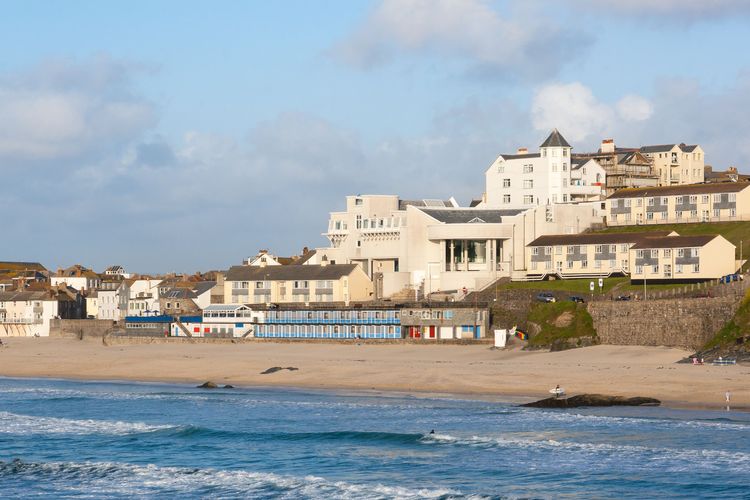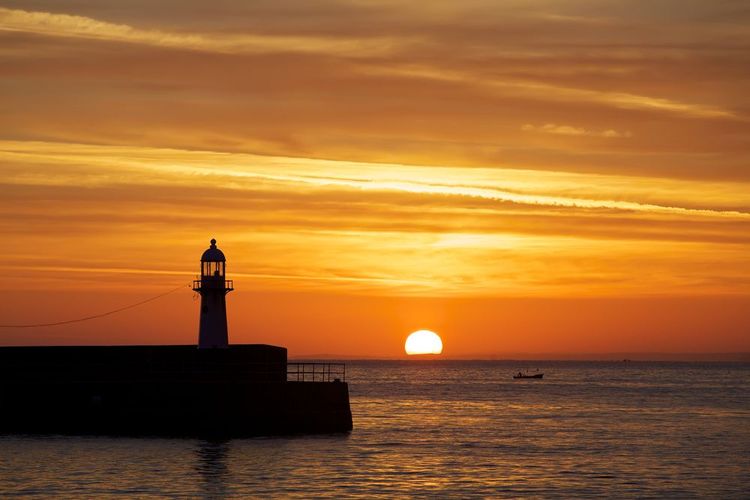The Tate was built on the site of a former gasworks looking out over Porthmeor Beach. Architects David Shalev and Eldred Evans were chosen to erect the new building that would conserve the structure and spirit of the former gasworks. They worked around the rotunda to make it into the museum’s main gallery and other galleries were modelled on the shapes and sizes of local artists’ studios. The museum opened in 1993. In 2017, the museum reopened after being closed for two years to allow for construction of an extension which was designed by Jamie Fobert and nearly doubled the size of the museum. The new addition mirrors the coastline’s natural forms and includes a gallery sunk into the cliffs. The new batisse also highlights the work of local artists, by adding ceramic tiles as a reference to ceramicist Bernard Leach and by being brushed in shades of greens and yellows to reflect Cornwall’s uniquely tempestuous weather and allowing the building to seamlessly merge with the coastline and ocean.
 Cornwall
Cornwall







